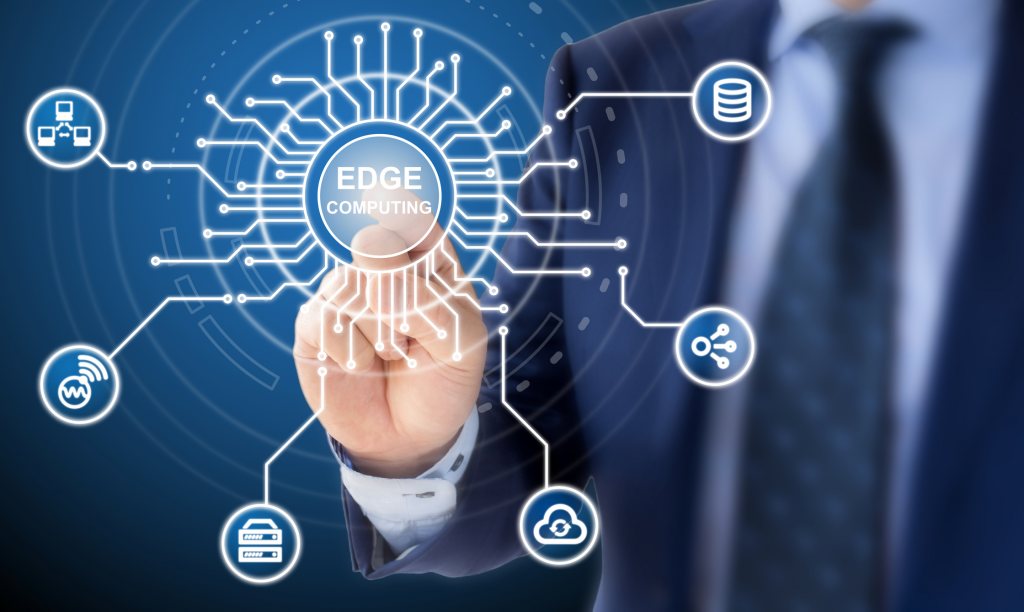
Because of the traffic on our networks and the heavy tasks we give them continuously, traditional computing is increasingly getting outdated since more and more lag is occurring. The main reason for this lag is that with traditional computing, or cloud computing, raw data is transmitted to a central location (the cloud), where it will be processed and stored. This takes time, and much network bandwidth is occupied by this (KPN source).
Edge computing is thought to disrupt traditional cloud computing (Fairfield, 2022). It has several advantages over cloud computing, caused by the difference in processing data. Data is no longer transmitted as one big package of raw data to be processed at its destination: the cloud. With edge computing, the computing occurs in an earlier stage, namely at the network’s edge. The edge is where the data is collected in the first place. Examples would be your computer or various IoT devices. Since they are at the very end of the network, this new technology is called edge computing. It ensures the path data takes becomes shorter, making it more efficient than cloud computing (KPN source).
It will be interesting to see the future development of this technology. On the one hand, it could replace cloud computing, which would be disruptive. This can mainly occur in industries where the speed of data transmission is essential (KPN source). An example would be autonomous cars, where split seconds can make the difference between life and death. On the other hand, however, I can also imagine it to be a complementary good to cloud computing. In this case, Edge Computing would, for instance, take care of the data transmission part, while Cloud Computing is used to store it.
References
Fairfield, C. J. (2022, January 28). The 10 Most Disruptive Technologies To Watch In 2022. CRN. Retrieved October 10, 2022, from https://www.crn.com/slide-shows/networking/the-10-most-disruptive-technologies-to-watch-in-2022/4
KPN. (2019, December 16). Edge computing: betekenis, voordelen en toepassingen. KPN.com. Retrieved October 10, 2022, from https://www.kpn.com/zakelijk/blog/edge-computing-betekenis-voordelen-en-toepassingen.htm

